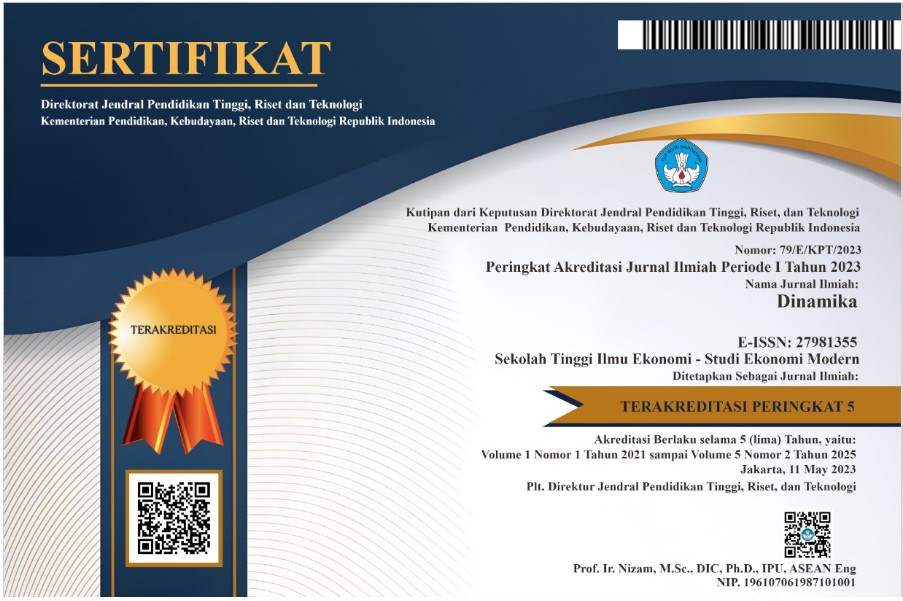SISTEM MANAJEMEN ASET DENGAN METODE GARIS LURUS
DOI:
https://doi.org/10.51903/dinamika.v1i1.23Keywords:
System, Assets, Schools, straight line method, Hypertext Preprocessor (PHP), MariaDB.Abstract
Technological developments and advances have a major influence on the business world and the world of education, especially in the field of computerization, used as data processing and obtain accurate information to be used as a decision. Schools in the Ungaran area are institutions or agencies engaged in education. Asset recording in these schools has been computerized with Microsoft Excel, but it is not optimal yet. The Maintenance Repair Information Technology (MRIT) division still uses bookkeeping in serving borrowing and returning assets, resulting in less effective and less controlled amount and condition of assets.The purpose of this study is to provide solutions to problems related to the asset inventory system of schools in the Ungaran area. The results obtained from this study are in the form of an asset inventory system using a web-based straight-line method. The system was built using the PHP (Hypertext Preprocessor) programming language and MariaDB as the database. The straight-line method is used in this study to calculate the depreciation of assets to determine the value of assets after experiencing depreciation. The MRIT section can easily find out the condition of the asset and the replacement time of the asset. ome of the features in the system include asset recording, borrower data, loan data and asset returns, asset depreciation and reports. The results of the research are that the presentation of asset data reports becomes more effective because they do not have to open several old documents. Asset replacement time can also be known easily.












